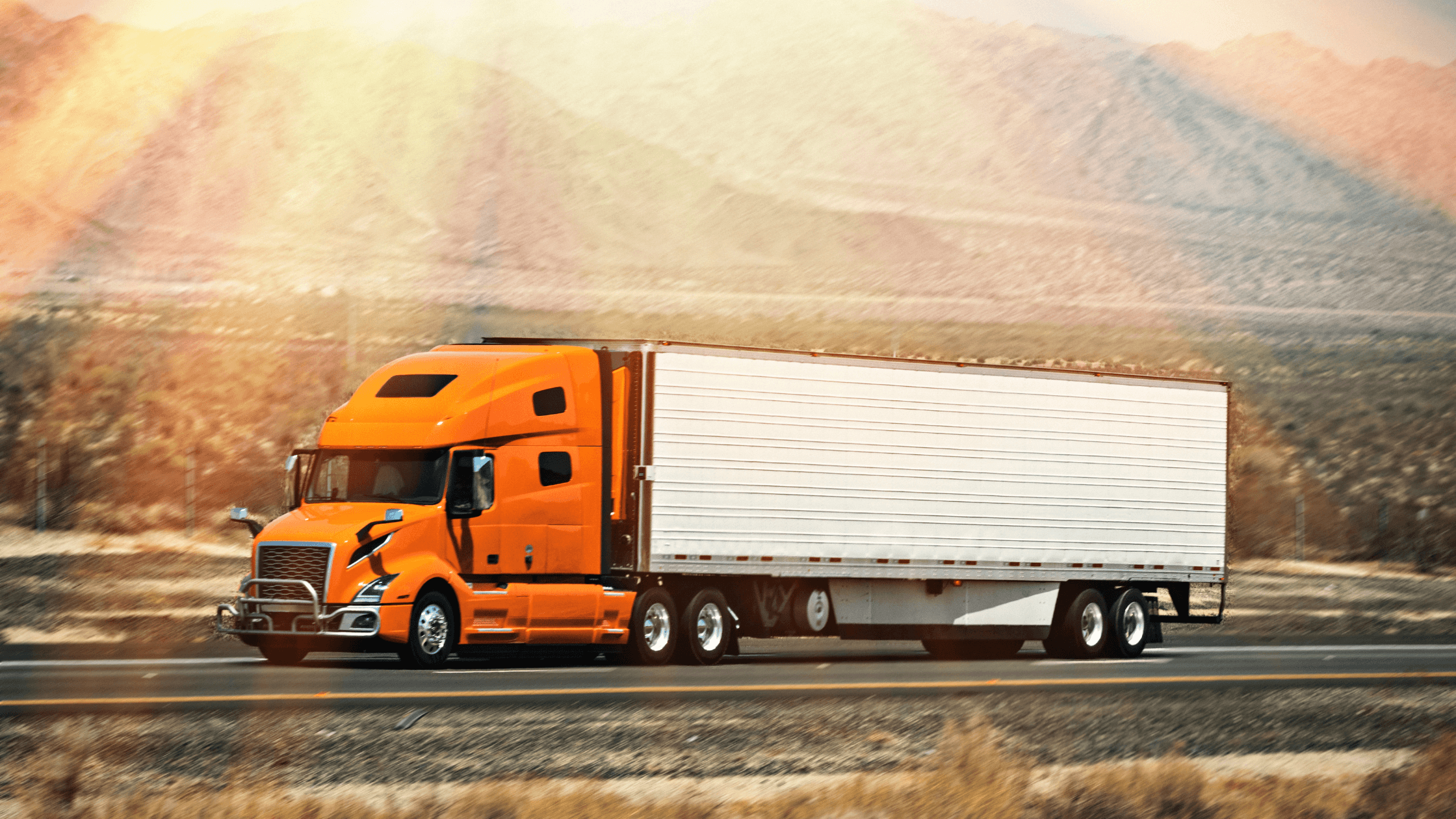One of the most common questions asked regarding an owner-operator career is “how much do owner-operator truck drivers make?” According to ZipRecruiter, self-employed owner-operator truck driver salaries currently range between $77,000 to $299,500, with top earners making nearly $373,500 annually across the United States. However, when you become an owner-operator, you’re a self-employed driver. That means you’re responsible for paying your own taxes, insuring your truck, fuel costs, and maintaining it and keeping it in good condition. Since you won’t receive a traditional salary from a company, income can vary depending on experience, hours on the road, whether you bought or leased your truck and equipment, and what you specialize in and carry. To really determine how much pay you’ll take home each year, you’ll have to look at net pay, which is what you take home after you pay all those expenses.
Owner-operator versus company driver
The debate about which is better is one that will probably never end. Both types of drivers have their own advantages. As an owner-operator driver, you get paid more to drive, but you are also responsible for your own expenses and taxes. As a company truck driver, you get paid less but you’ll have a guaranteed salary, and won’t have the overhead expenses that come with owning your own business. You’ll also get company benefits like health insurance, paid vacations, and 401k and retirement options.
How do owner-operator truck drivers get paid?
The way you get paid as an owner-operator truck driver varies based on your contracts with the companies you work with. Some companies pay by the mile, some by load and others by delivery or piece of cargo. Your payment can also vary depending on whether you’re transporting freight from point A to point B or delivering goods between two locations. For example, a company may pay $1 per mile one day but then change its rate to $2 per mile another day when there are more deliveries in need of transport.
Here are some common ways owner-operators get paid:
- By the hour: Hourly rates vary between companies but they’re often higher than what drivers would make working for a larger operation due to low overhead costs (no office space) and fewer employees (you’re self-employed).
- Per delivery: Companies will usually have different rates depending on whether they’re moving heavy equipment across town or shipping live animals overseas with them (trucking isn’t cheap!).
Expenses of an owner-operator truck driver
As an owner-operator truck driver, you are responsible for all of the costs associated with operating your business. This includes:
- The cost of a truck. Whoever owns your truck will charge you either a lease rate or finance rate. You’ll also need to pay for insurance and taxes on the vehicle.
- Fuel. You will have to purchase fuel for your truck, so when looking into trucks, you’ll want to choose one that’s fuel efficient if possible.
- Maintenance. Maintenance costs can vary depending on how old your vehicle is and whether or not it has been well maintained by previous owners who drove it before you got it. If there are any issues with the engine or transmission, they will also need to be fixed before they become too expensive to repair later on down the road. For example: “It’s important that we keep our trucks in good condition so they don’t break down while we’re driving,” said Carl Smith (CEO). “If something goes wrong while we’re out there on the road (and believe me: there are plenty of things that could go wrong) then we won’t be able to deliver our products safely or quickly enough.
Determining your gross income
The best way to get a handle on what your owner-operator truck driver salary will be is by calculating your net operating expense ratio (NOER). This number tells you how much it costs you to run your business, and it’s calculated by dividing the cost of operations by your annual revenue.
The formula for determining NOER is:
- Operating Expenses / Annual Revenue = Net Operating Expense Ratio (NOER)
- You’ll want to keep this ratio low; if it’s too high, then either your operating expenses are too high or your revenue isn’t as high as it should be.
In conclusion The trucking industry is a complex one, with many factors to consider when deciding on a career path. When it comes to driving for yourself vs. driving for an employer, there are pros and cons of each. As an owner-operator, you have more control over your income and expenses, but also take on more risk than someone who works for a company. Either way, it’s important to understand what you can expect from both options before making any big decisions about your future in trucking. If you’re looking for more advice on your trucking career or just getting started, reach out to us today.







